These blood-sucking little mammals are famous purely for their dietary habits. Unlike many creatures that have inaccurate names or over exaggerated behavior, these bats do drink blood! They do not, however, commonly drink human blood. In fact, the first record of a vampire bat feeding on a human did not occur until 2017! Read on to learn about the vampire bat.
Description of the Vampire Bat
Vampire bats look like any other bat species for the most part. They are small, brown, and have pointed ears and noses. Their front teeth are sharp and specially shaped to slice skin so blood can flow. Like all bat species, their wings are actually modified fingers. The membranes between the finger bones make up the wing.
Interesting Facts About the Vampire Bat
As with any creature that comes along with folklore and legends, vampire bats bring lots of intrigue. Sadly, this also brings fear, when in reality these bats are highly specialized creatures that pose no threat to humans. These mammals are actually incredibly specialized and quite intriguing.
- Warm Blooded – One highly specialized trait that helps these little mammals survive is similar to a reptilian trait. They have thermoreceptors on their sensitive nose, which help them detect where the blood flows closest to the skin. Basically, they can see the heat from blood flowing beneath the skin of an animal.
- Fast Food – While other bats are in great danger while on the ground, vampire bats are perfectly at home. They have re-evolved the ability to move easily on land, while other bats remain slow and ungainly. This helps them move closer to sleeping animals so they can lap up blood without waking them.
- I Vant to Suck Your Vlood – Unlike Dracula, these vampires do not suck blood. They do not stick their fangs in and suck the blood out. Instead, these bats make a small incision and lap the blood from the wound. Their saliva contains anticoagulants that help keep the blood flowing longer.
- Rare Behavior – This should go without saying but… not all bats suck blood! Only 3 out of over 1,200 bat species drink blood. The three species are the common vampire bat, the hairy-legged vampire bat, and the white-winged vampire bat.
Habitat of the Vampire Bat
Like many bats, they prefer to hide in dark, secluded locations during the day. Staying safe is easiest in areas that are nearly pitch black, and seldom visited. If their hiding place becomes to loud or busy they will move the colony to a new location.
Their favorite habitats are caves, tree hollows, buildings, and old wells. They are most commonly found in tropical and subtropical habitats, but can range from arid environments to humid climates.
Distribution of the Vampire Bat
All three species of vampire bats are native to Central and South America. Common vampire bats can be found from mid-southern Mexico to southeast South America. The hairy-legged species has a more restricted range.
They are found in southeastern Mexico, parts of Central America, northwest South America, and eastern South America. The white-winged species is almost as widespread as the common vampire bat, but is not found in western Mexico, or west of the Andes Mountains.
Diet of the Vampire Bat
These bats feed exclusively on animal blood, this is called hematophagy. Vampire bats are the only mammals that eat only blood. Each species has slightly different prey preferences. The common species feeds only on mammals, the other two will also feed on birds. They use thermoreceptors on their noses to locate blood vessels closest to the surface of the skin. Specialized teeth create a small incision, and anticoagulant saliva keeps the blood flowing.
Vampire Bat and Human Interaction
Humans and vampire bats rarely interact directly. When they do interact, it is usually negative because they have such a negative connotation in human legend. Killing or destruction of colonies is not uncommon. This is, however, true of most bat species. It is quite rare for rabies to spread from these bats to humans or livestock, but it does occasionally occur.
Domestication
No bat species have been domesticated.
Does the Vampire Bat Make a Good Pet
In most places it is illegal to own a vampire bat as a pet. They have a very specialized diet, and it would be relatively uncomfortable having to provide frequent blood for your pet.
Vampire Bat Care
In zoos, these bats enjoy a large enclosure for nighttime flights, and lots of hiding places for daytime snoozing. Most institutions will keep nocturnal bat species in a darker habitat to give them optimum comfort. They are fed blood, and the source varies by location, rat, rabbit, cattle, chicken, etc. are all common.
Behavior of the Vampire Bat
Like most species, these bats are nocturnal. They remain hidden in large colonies during the day, and search for food at night. Colonies are typically made up of females, their young, and a few males.
In lower temperatures more strange males are allowed into the colony, which suggests that they maintain warmth by congregating in large groups. Individuals will also share blood with other bats. This behavior ensures that when the “donor” bat is hungry, the other bat is more likely to share with them (you owe me one).
Reproduction of the Vampire Bat
After breeding, female vampire bats have a gestation period of approximately seven months. She will give birth to one baby, called a “pup.” The pups are left at the colony roost at night while the mother hunts, and she will find the baby by its call when she returns. When the pup is six months old it will begin to leave the roost on hunts, and at nine months it is fully weaned. Females will remain in the same colony, unless their mother dies or moves.


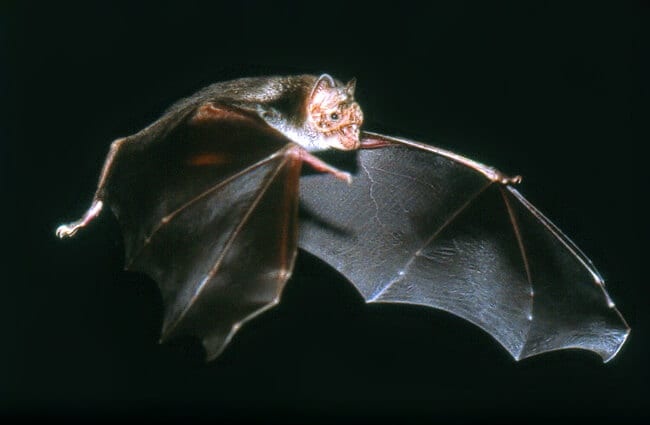

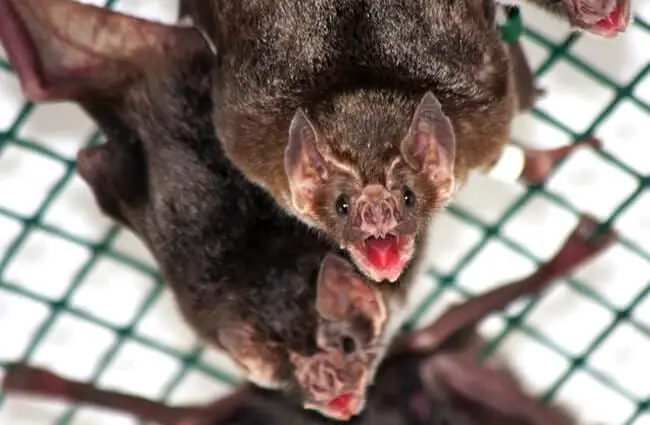
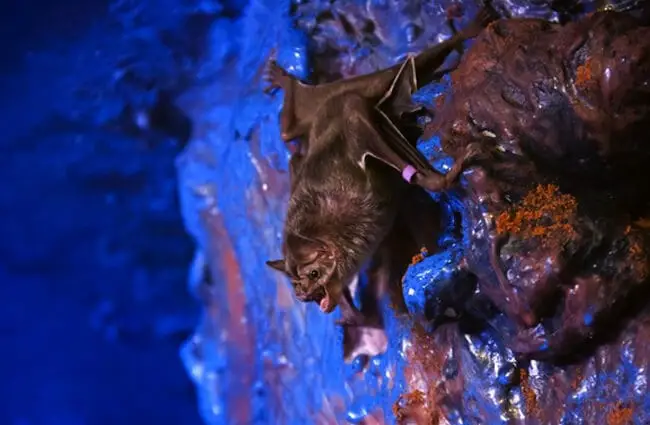
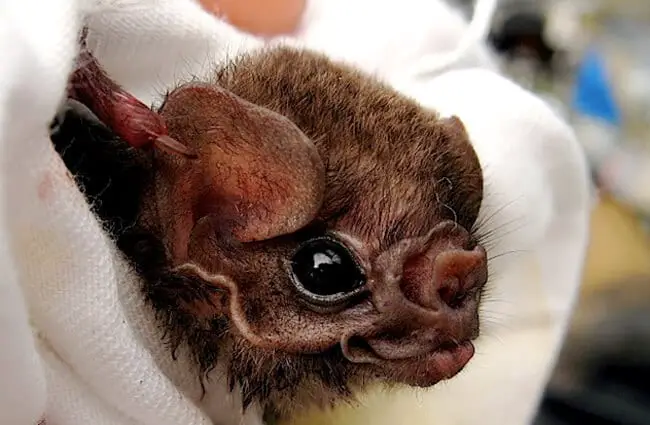
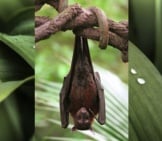
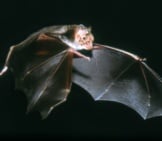
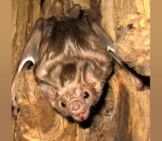
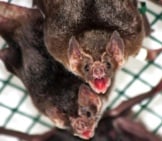
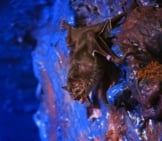
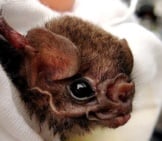
![Red Angus Closeup of a beautiful Red Angus cowPhoto by: U.S. Department of Agriculture [pubic domain]https://creativecommons.org/licenses/by/2.0/](https://animals.net/wp-content/uploads/2020/03/Red-Angus-4-238x178.jpg)












![Red Angus Closeup of a beautiful Red Angus cowPhoto by: U.S. Department of Agriculture [pubic domain]https://creativecommons.org/licenses/by/2.0/](https://animals.net/wp-content/uploads/2020/03/Red-Angus-4-100x75.jpg)

